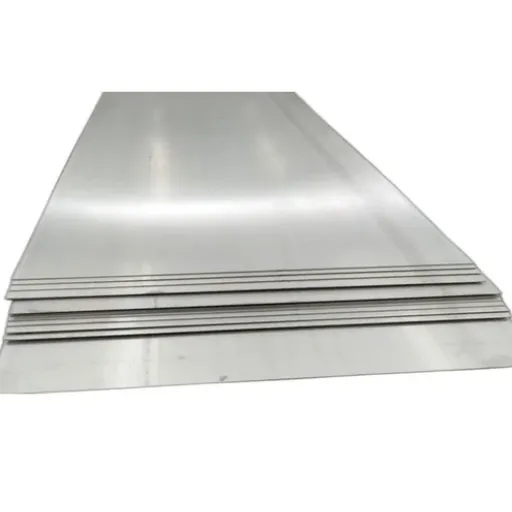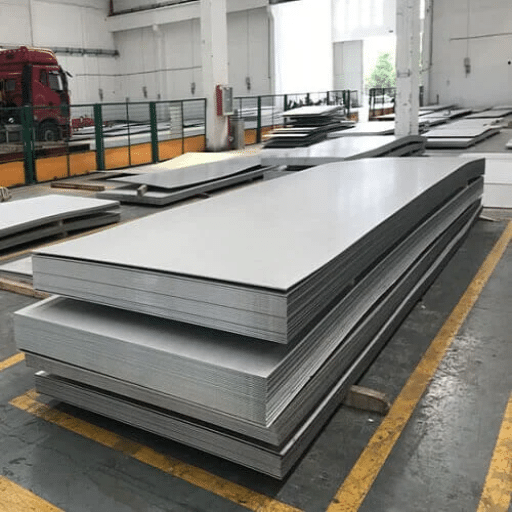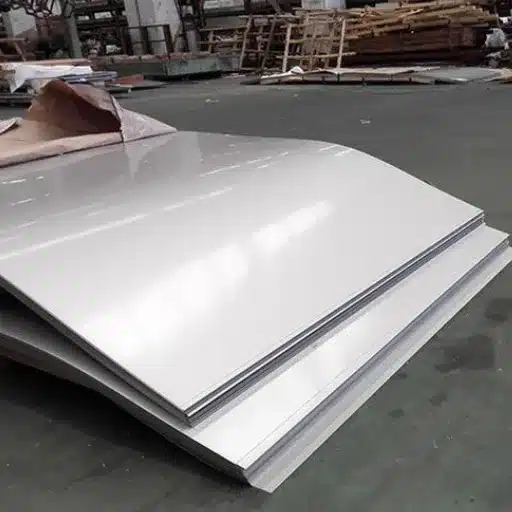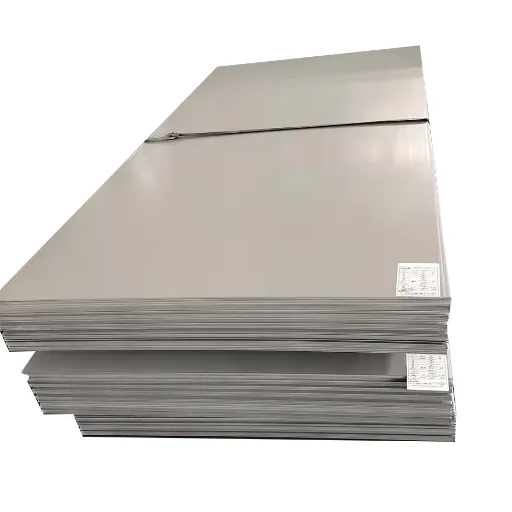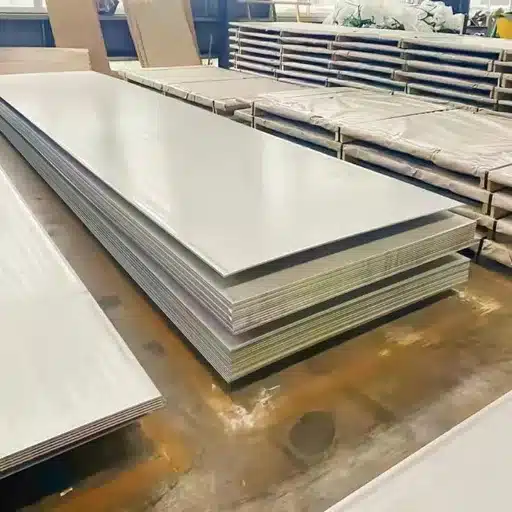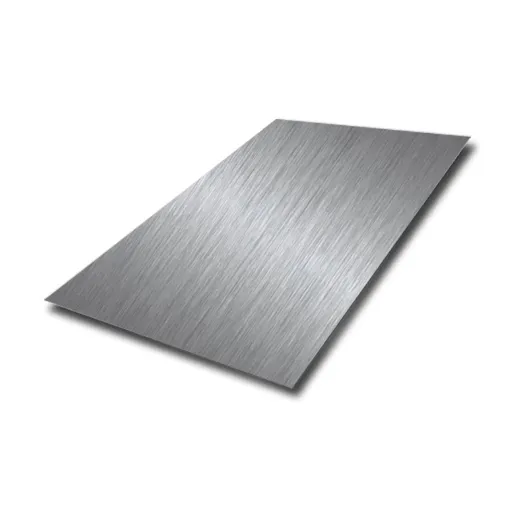Stainless Steel 304 has an exceptional balance of usefulness, strength, and resistance to damage, which makes it a go to material for industries around the world. A critical property to understanding performance is density. In this post, we uncover everything there is to know about density of Stainless Steel 304 including its implications, measurement techniques, metrics, and how density impacts alloy applications. In all, we hope to answer the ‘why’ of density being a pivotal factor in material selection and engineering for manufacturers, engineers, and any keen learner about stainless steels out there. The blog demystifies the science of Stainless Steel 304, unveiling the impact it has on the shape and utility of the metal.
What is the Density of Stainless Steel 304?
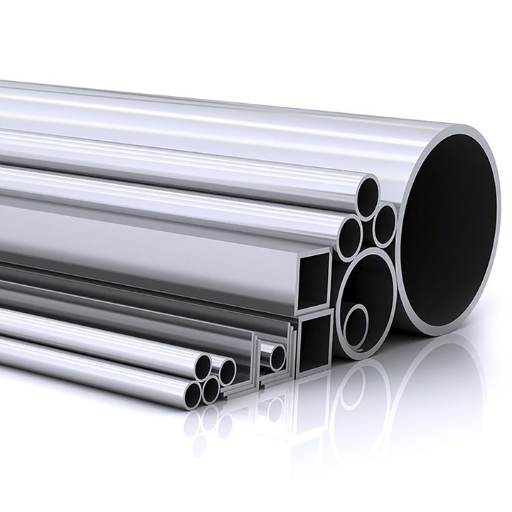
The density of Stainless Steel 304 is about 8.0 g/cm³ and 8000 kg/m³. These metrics hold true under standard conditions and play a vital role in weight assessment. The density of Stainless Steel 304 impacts it’s effectiveness in constructions, automotive engineering, and cookware. The overall alloy strength and durability is also supported by the high density.
How is the density of stainless steel 304 measured?
Measuring the density of a stainless steel 304 is undertaken as a laboratory exercise, including weighing, measuring, and volumetric determining of mass and volume, follows stepwise procedures which are executed in a defined order to guarantee accuracy. To ensure accuracy, an analytical scale is able to determine mass and allows the sample to be weighed. Volume of the sample is also obtained by either geometric calculation for regular shapes or through displacement for irregular samples. One of the ways of measuring volume is utilizing the displacement method, wherein materials with volume measuring tools pre-filled with liquids, commonly water, the sample is submerged and the volume of liquid displaced is recorded. The mass (m) and volume (V) is obtained, and density (ρ) is calculated using the formula ρ = m/V. For comparability purposes to reference data, such measurements are done under default atmospheric conditions. In material science labs, calibrated balances, volumetric equipment, and other standard precision measuring instruments are common in ensuring accuracy and repeatability in measurements.
What is the typical density value for 304 stainless steel?
The 304 grade of stainless steel has a density of 8.00 g/cm³ (or 8000kg/m³). This “304 stainless steel” figure is a useful approximation though it is not precisely accurate because of changes from alloy variations caused by manufacturing. For decades, such variations in precision accuracy did not matter for engineering or material science because standard calculations and models were along these assumptions. The alloy components of 304 stainless steel, namely chromium, iron, and nickel, impart unusually high strength along with exceptional durability and outstanding corrosion resistance for different operational conditions.
How does the density of stainless steel 304 compare to other grades?
As 8.00 g/cm³ is the average density of austenitic stainless steel, we could classify Stainless Steel 304 as one. With respect to other grades, 304 is on the higher end which is also demonstrated with 316 stainless steel’s numbers. 316 is austenitic and contains molybdenum which increases its corrosion resistant properties, bringing its density to roughly 8.00 g/cm³. This figure is also improved through stainless steel 430’s ferritic grade as it generally showcases lower density values, averaging around 7.75 g/cm³, which can be attributed to changes in microstructure caused by alloying element differences. Martensitic grades like 410 are also around this figure with 7.70-7.75 g/cm³ range, as their carbon rich modified composition impacts their overall density.
These differences about density are a direct result of the differing amounts of chromium, nickel, iron, and other alloying constituents for each grade. Austenitic 304 and 316 grades have higher densities because of the nickel. These two grades tend to be less dense, unlike the ferritic and martensitic grades which are lower in nickel. Such variation is relevant when considering materials for specific applications that have tight constraints on weight and volume.
What are the Mechanical Properties of Stainless Steel 304?
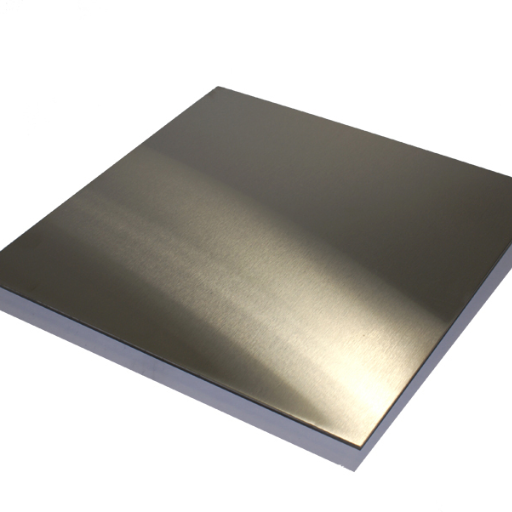
Stainless steel 304 is recognized for its corrosion resistance, that is why it is extensively used in different industries. The material possesses tensile strength of nearly 515 MPa (75 ksi) and yield strength of about 205 MPa (30 ksi). Elongation at break is approximately 40% which is equally good ductility. Furthermore, 304 stainless steel has a Brinell hardness of 201, and a high level of corrosive attack resistance, which makes the 304 stainless steel a strong yet durable component, like other alloys used in conditions when output strength and durability are both exceptional.
What is the tensile strength of stainless steel 304?
The weldability and workability of stainless steel 304 makes it successful across multiple industries. This material possesses a tensile strength of about 515 MPa (75 ksi) and a yield strength of roughly 205 MPa (30 ksi). Its elongation at break is 40% which indicates ductility. With a Brinell hardness of 201, equipping him with strong corrosion resistance, stainless steel 304 possesses the ability to sustain mechanical stress while being corrosively degraded which enables its use in applications that require long term mechanical performance.
Are there differences between 304 and 304L in terms of mechanical properties?
|
Parameter |
304 Stainless Steel |
304L Stainless Steel |
|---|---|---|
|
Carbon Content |
Up to 0.08% |
Maximum of 0.03% |
|
Strength (Tensile/Mechanical) |
Slightly Higher |
Slightly Lower |
|
Corrosion Resistance |
Excellent |
Superior in welding applications |
|
Weldability |
Good, may require post-weld treatment |
Excellent, no treatment needed |
|
Heat-Affected Zone Sensitivity |
Higher |
Lower |
|
Applications |
General industrial use |
Specialized in welded components |
|
Cost |
Slightly lower |
Slightly higher |
|
Thermal Conductivity |
Similar |
Similar |
|
Density |
Identical |
Identical |
How Does the Density of Stainless Steel 304 Affect Its Applications?
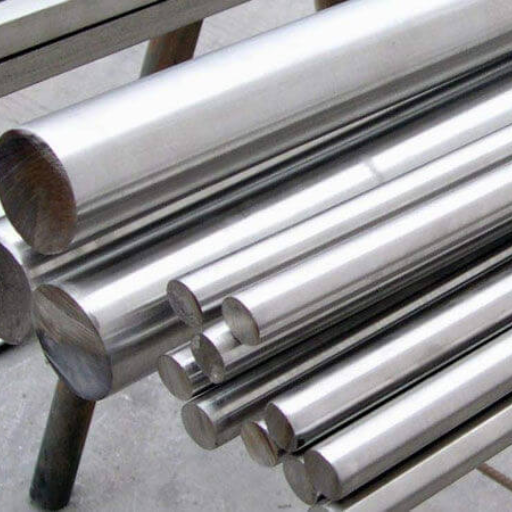
Knowing that Stainless steel 304 has a density of 8.0 g/cm³ helps identify the best applications for it. From a manufactuer’s perspective, this density is beneficial because structures and machines are easier to move around and manipulate during construction. Even in load bearing parts in buildings, the material can withstand heavy loads while also being easy to handle. Additionally, in a transport and machinery context, shipping costs as well as operational costs are greatly reduced. This is due to higher fuel efficiency compared to some specialized. Alloys, which makes the low density of stainless steel an advantage.
Why is density important for metal products?
Like other materials, metals are produced and impacted economically through their functionality. Their density is another aspect that dictates these functions. Densely packed metals such as lead tend to have benefits for practical uses such as radiation shielding, damping vibrations, or being used as weighted ballast because of their hefty mass in a small volume. Further, in the aerospace and automotive industries where maneuverability, payload, and fuel economy are key priorities, lightweight metals such as aluminum and titanium are favored due to their low density. The choice of metals with lower densities also assists in greater structural integrity and thermal properties. This is due to the fact that metals with greater thermal conductivity are preferred while heat is expelled of heat during operation. This describes how strategically leveraging density is crucial to enhancing the design and effectively applying it. Utilizing the density significantly optimizes the process design and enables efficient applications in metal products manufacturing and utilization.
In what industries is stainless steel 304 widely used?
Stainless steel 304, fayda side da metals di jis di istemal ch potay rahnda hai, ehikh thoa ohoralsoe metals di jikard aasani jicha hoesha da far daskala diunonch shamil dee daurda.
- Food and Beverage Industry: As the most frequently utilized within the manufacture of food processing equipment, utensils, and storage containers, stainless steel 304’s resiliency to cleaning and corrosion are its positive attributes. In addition, stainless steel 304 does not react with foods and beverages therefore rengering its surface uncleaned.
- Medical and Pharmaceutical Sector: The alloy’s biocompatibility and sterilization make the alloy ideal for surgical instruments, medical implants, and even hospital equipment. Exposing these tools during surgery ensures no bacteria will enter as the surfaces are polished to perfection. This discipline ensures microbiological sterility which exceeds the standards required by this industry.
- Construction and Architecture: Cladding, roofing, and even railings have integrated aesthetic and functional elements made of Stainless steel 304. It can also withstand harsh environmental conditions making Stainless Steel an asset in construction industries.
- Chemical Processing and Petrochemicals: For its chemical corrosive resistant properties, Stainless steel 304 is applied in the construction of tanks, piping, and heat exchangers which work as a conduit for acidic or caustic materials due to the long-lasting safety and functionality guarantee.
Stainless steel 304 is used in most industries due to its balanced traits and capabilities, along with remarkable adaptability to stress.
What are the Physical Properties of Stainless Steel 304?
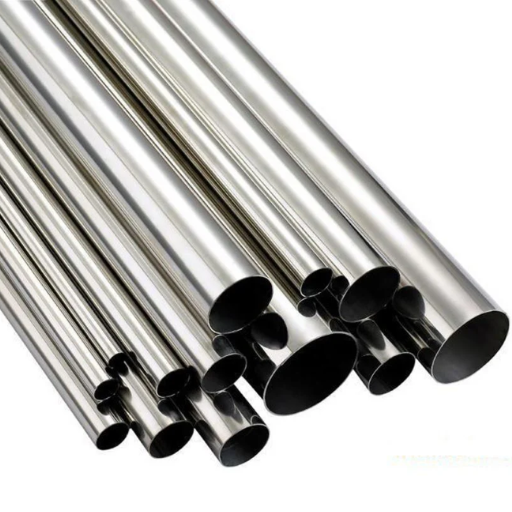
The wide application of Stainless steel 304 is due to its moderate strength along with ductility, high temperature resistance, and ability to endure extreme heating. Its density of approximately 8.00 g/cm³ further improves its structural dependability and reliability. It has high temperature applicable limit as it melts between 1,400°C and 1,450°C. In addition to this, it has around 515 MPa tensile strength and 205 MPa yield strength which indicates good ductility alongside reasonable toughness. The stainless steel 304 has also shown 16.2 W/m·K thermal conductivity and 17.2 µm/m·°C coefficient of thermal expansion demonstrating consistent performance under thermal stresses. The combination of these properties results into versatility enabling its usage across different sectors.
What elements contribute to the physical properties of 304 stainless steel?
The stainless steel 304 composition has impacts on the physical properties, including the 18% to 20% chromium which improves corrosion resistance as it passively oxidizes on the surface. 304 also has 8% to 10.5 % nickel which aids oxidation related brittleness at elevated temperatures and improves ductility and toughness.
The alloy also includes manganese which increases hardness and strength, up to 2%. In addition, silicon present at around 1% helps with deoxidization during steelmaking and improves heat resistance. Also, with 304, the carbon content is capped off at 0.08% which helps preserve the stainless carbides, maintain the weldability, and decreases the chances of carbide precipitation during poorly executed thermal cycles after welding. Phosphorus and sulfur in trace amounts, usually under 0.045% and 0.03% respectively, can also impact the alloy’s corrosion resistance and machinability. Having these precise ratios is what provides 304 stainless steel with its balanced physical properties. metal alloy composition
What is the impact of chromium and nickel on the physical properties?
The most two important alloying elements of stainless steel are chromium and nickel because they deeply affect the physical properties of the material. Chromium, which is seen over 10.5%, is responsible for forming a passive oxide layer on steel surfaces which enables the material to withstand corrosion. This oxide layer also makes stainless steel’s oxidative durability much more improve, which makes chromium vital. In addition, chromium also helps with better hardness and wear resistance, especially with carbon in high-carbon stainless steels.
How to Calculate the Density of Stainless Steel 304?
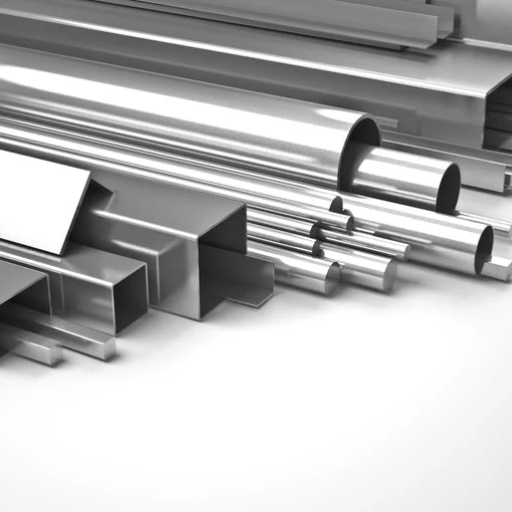
The standard value for the density of stainless Steel 304 is known to be 8.0 g/cm³ and 8000 kg/m³. These figures are well accepted as representing an averaged density under normal conditions.
If you need to calculate the mass or volume of a specific object made from Stainless Steel 304, use the formula:
Density (ρ) = Mass (m) / Volume (V)
- Measure or determine the mass of the object in grams (g) or kilograms (kg).
- Measure or calculate the volume of the object in cubic centimeters (cm³) or cubic meters (m³).
- Rearrange the formula as needed to solve for mass or volume if either is unknown.
Double check every measurement so everything is accurate for all of the calculations that need to be done. While outside factors like temperature can impact density, these factors are often trivial in most cases.
What formula is used to calculate the density of stainless steel 304?
The formula used to calculate the density of stainless steel 304 is based on the general density equation:
Density (ρ) = Mass (m) / Volume (V)
The value for the density of Stainless Steel 304 can also be approximated to be 7.85 g/cm³ or 7850 kg/m³. This value can be used to make calculations for the weight of stainless steel components in – an engineering drafts or the structural stresses placed in the components. It is critical to check the exact grade and condition of the stainless steel as these values are greatly affected by varying alloy composition or treatment.
How does the weight of the metal relate to its density?
The weight of a metal is intrinsically linked to its density through the relationship defined by the formula:
Weight = Density × Volume × Gravitational Acceleration
The above expressed values of density, g/cm³ or kg/m³ are units of measurement for mass which would instead indicate volume in spatial areas such as a box, cylinder, etc. To attain precise weight measurements, volume levels of the material in question of logical spatial areas, along with precision measurement of gravitational levels acting on it (which is a standard 9.81 m/s²) is required. In standard conditions, stainless steel with a density of 7850 kg/m³ would weigh 78.5 kg for every cubic meter of material. With this logic, metals that are denser such as tungsten or lead will exceed aluminum in weight significantly more than in nominal volumes. An essential pillar in engineering design is the accurate spatial and weight measurement of a structure and load purposes on systems that require precision.
Reference Sources
-
Theory of Mobile Dislocation Density in 304 Stainless Steel: This study explored tensile and creep deformation in 304 stainless steel. It introduced a model for mobile dislocation density evolution, highlighting the effects of stress on dislocation movement and trapping.
-
Microhardness Prediction in 304 Stainless Steel Turning: The research developed a microhardness prediction model based on dislocation density evolution during turning.
-
Selective Laser Melting (SLM) of 304L Stainless Steel: The study investigated the impact of volumetric energy density on the microstructure and mechanical properties of 304L stainless steel.
Frequently Asked Questions (FAQs)
Q: What is the density of stainless steel 304?
A: The density of stainless steel 304, also known as UNS S30400, is approximately 8.0 g/cm³, which is common for most austenitic stainless steels.
Q: How does the corrosion resistance of stainless steel 304 compare to other grades?
A: Stainless steel 304 offers good corrosion resistance, particularly to pitting and crevice corrosion, but it may not perform as well as 316 stainless steel in highly corrosive environments.
Q: What is the significance of the carbon content in stainless steel 304?
A: The carbon content in stainless steel 304 is typically around 0.08%. This low carbon content helps to enhance its corrosion resistance and minimizes the risk of stress corrosion cracking.
Q: Can stainless steel 304 be hardened by heat treatment?
A: No, stainless steel 304 cannot be hardened by heat treatment. It can only be hardened through cold working processes.
Q: What applications commonly use stainless steel 304?
A: Stainless steel 304 is widely used in applications like sinks and saucepans, as well as in architectural and food processing industries due to its excellent corrosion resistance and ease of fabrication.
Q: What is the difference between stainless steel 304 and 304L?
A: The main difference is the carbon content; 304L has a lower carbon content (maximum 0.03%) compared to 304. This low carbon version is preferable for welding applications as it reduces the risk of carbide precipitation.
Q: How does the density of stainless steel 304 affect its weight?
A: Knowing the density of stainless steel 304 allows for accurate weight calculations based on its volume, which is crucial for engineering and design purposes in various applications.
Q: What is UNS S30400 and how does it relate to stainless steel 304?
A: UNS S30400 is the Unified Numbering System designation for stainless steel 304. This designation helps in identifying the material and its properties in engineering and manufacturing contexts.
Q: What is the grade of stainless steel known as 304H?
A: Grade 304H is a high carbon version of stainless steel 304, typically used in high-temperature applications due to its improved strength at elevated temperatures.
Q: What is the importance of solution treatment or annealing for stainless steel 304?
A: Solution treatment or annealing is important for stainless steel 304 as it helps to restore the material’s corrosion resistance by dissolving any precipitated carbides and promoting a uniform microstructure.

